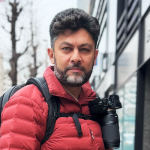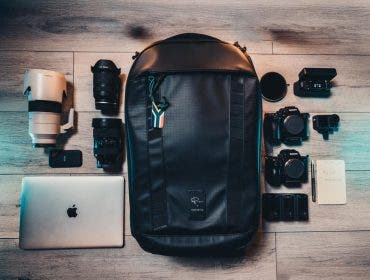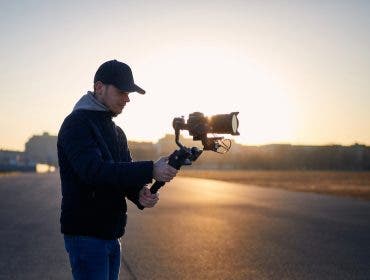On a cold winter morning in Venice, I had been shooting videos and photos since daybreak. I took my last picture of Saint Mark’s Basilica at noon for a hyperlapse. The battery indicator showed 5%, and I tiredly swung my camera bag off my back and pulled out the spare battery. It was time for coffee, food, and to rest my shoulders. I was scrolling through the photos on my screen, while I popped out the battery and inserted a fresh one. A message appeared stating that there were no photos to view and that the memory card needed to be formatted.
My heart pounded, and I quickly turned the camera off, fearful of switching it back on. In the long use of my camera and card, the reliability and efficiency of my camera and memory card had never been in question. Cameras aside, it is common sense not to remove the power source of any device while a mechanical or electronic function is in progress, as I had done. This is why experts advise you to digitally eject a USB or hard drive before physically removing it from your device. When I returned to my room, I felt palpable relief as I inserted the memory card into my MacBook and discovered that my data remained intact.
Let’s examine a few additional photography bloopers that have led to anxiety and tension in my photography experiences. Although errors are a natural part of the process and provide great stories over coffee, they are certainly not welcome at the time. I have saved the best for last. In a morbidly fascinating way, I have video proof of almost all these unhappy gaffs due to always recording myself! They’re like the bloopers of my life, minus the popcorn! 😉
Packing Your Bag: A Few Thousand Miles and Broken Gear
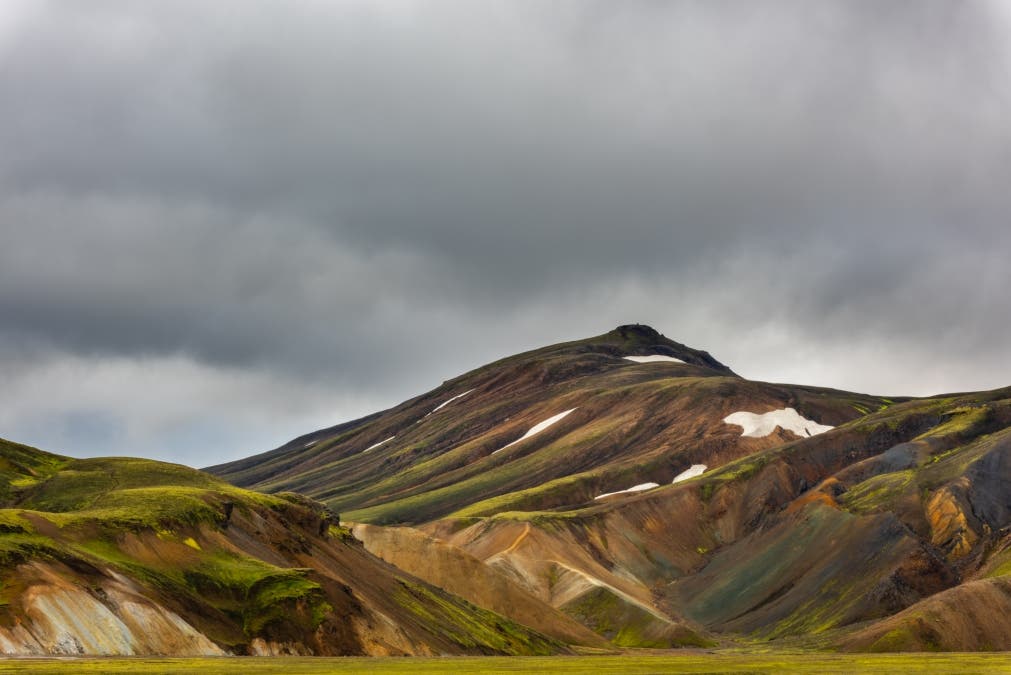
This is the only photograph I captured at my all-time dream destination, Landmannalaugar, in Iceland. It is also a lucky shot since my camera was damaged. Getting to the location had involved some off-roading and bumpy rides. Leaving Reykjavik, the capital city, I had my heavy telephoto lens attached to the camera body while heading to the site.
When I pulled the camera from the backpack to take my first photo, I discovered that the lens mount of the camera had broken. I took this landscape photo at f2.8, holding the lens tightly against the camera’s body after many attempts, until I eventually gave up in actual tears. When I returned to the capital, I had to arrange for funds to be sent to me on my tight budget so I could rent new gear.
But the moment at Landmannalaugar was over. The lesson to be learned was always to remember to bring a backup camera and to dismount your lenses during travel.
Weather Sealing
I own two camera bags. One has been my go-to for rugged landscapes and lousy weather while hiking and shooting. The other is a more stylish and spacious option that looks smart and professional, perfect for protecting my heavy gear while lugging it around at airports without looking like a backpacker. This is the backpack I opted to use on my recent trip to Italy.
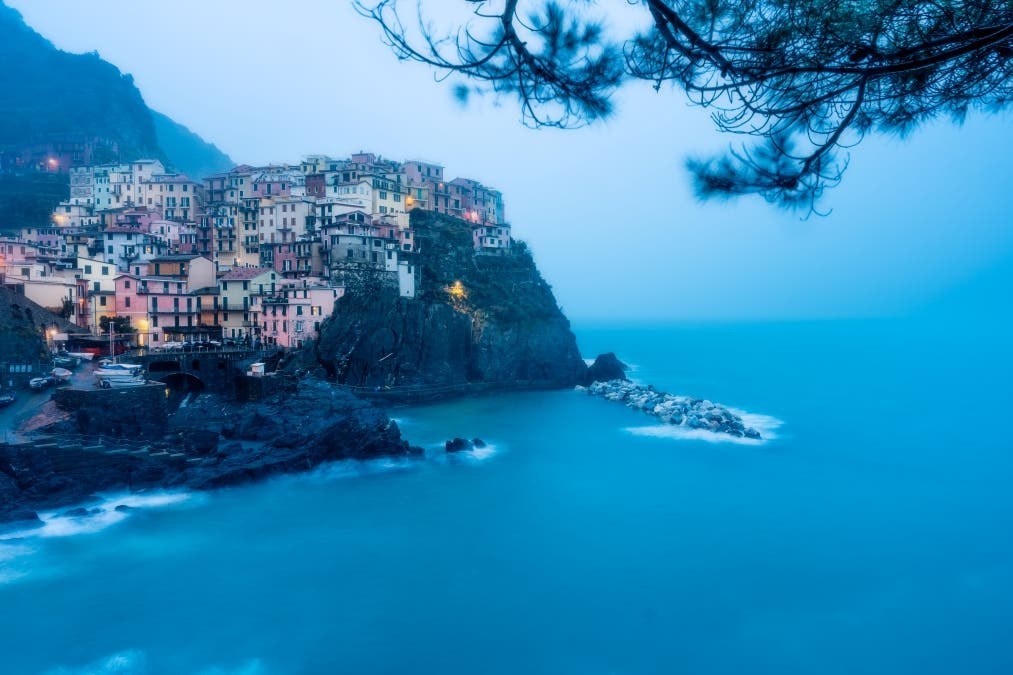
A sunrise shoot in the seaside town of Manarolla brought an unexpected downpour that soaked my sleek bag straight through. I anxiously removed the batteries and the memory card from the camera, too afraid to even check if they had malfunctioned, and gently blow-dried the pieces dry, trying to evaporate stray droplets before eventually testing if everything was still functional. The bag was left opened out in front of a heater for hours to dry. Pro tip: If a bag company says their product is not waterproof and gives you a poncho with it, use it! I could have avoided the whole mess if I had only remembered to bring that poncho from home!
Nevertheless, the shot was worth it with colourful houses and a slightly long exposure.
An Unreliable Purchase
As a professional photographer, I advise you not to compromise on the quality of your primary gear and accessories. Always read or watch reviews before making a purchase. While abroad but travelling on a tight budget, I bought a no-name multi-card reader after forgetting my main one at home. After a shoot, I simultaneously inserted an SD and micro SD card to back up my data. The micro SD displayed the drone footage briefly before failing to work. I tried using it on various devices, but the poor-quality reader corrupted the micro SD card.
Desperate, I purchased data recovery software, which partially recovered some footage, but I lost the bulk of it. Despite using reliable gear and memory cards for years, this unreliable reader caused a lot of frustration. I still use the same micro SD card to date after I formatted it, but the guilty card reader has never worked again. Needless to say, it has been replaced with a decent brand.
Lost Moments: Check Your Settings
Landscapes and cityscapes are my passion for photography, often captured with a tripod, self-timer, and a narrow aperture of f/9 or f/11. One chilly evening in Venice, long after a sunrise cityscape shoot, while my camera still held the settings from the sunrise shoot that morning, I spotted two elegantly dressed gentlemen in a lit alley. Excited for the chiaroscuro shot, I eagerly pressed the shutter, only to realise my settings were off. The five-second self-timer felt like an eternity, and the resulting delayed frame was blurry. By the time I adjusted my settings and took another shot, they had gone too far down the lane for my ideal shot. A reminder to check your camera settings before shooting!
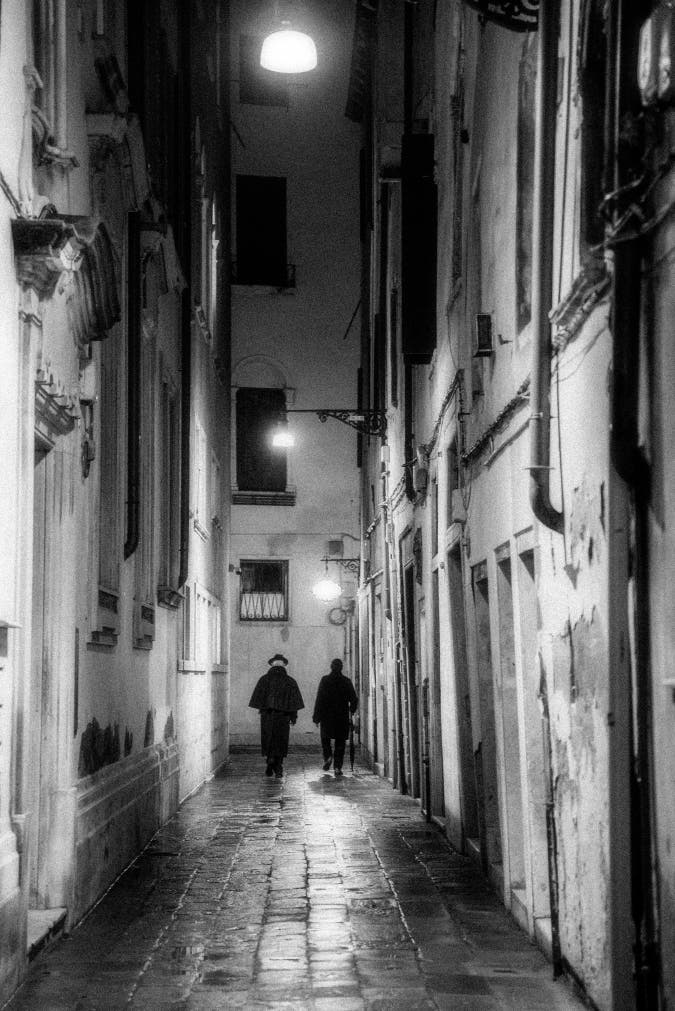
Check Your Memory Cards
To get this shot, I had to make three trips. The first was to check out the place and see what I was working with. The second trip was great because I hit the perfect conditions — everything just fell into place. But only on my last visit did I remember to bring my camera together with memory cards inserted, which is a pretty essential step! That was a big lesson: always ensure your gear is ready before heading out.

A Dip in the Ocean
I saved the most heartbreaking story for last. My first significant DSLR investment was a Nikon D800 — an absolute beast with incredibly low-light performance and dynamic range. One day, I set it up on a tripod at the beach for a long exposure. After taking the shot, I heard a loud splash as I turned to check on my six-year-old son. A passing runner pointed behind me – my camera had fallen straight into the salty ocean. My first aghast instinct was to pull the memory card out and save the shot, but the camera was irredeemable. Insurance covered the loss, and I upgraded to a Nikon D810, but I still have that D800 corpse, her lens forever jammed, in my studio as a memento of stern admonition: never turn your back on your camera near waves and sinking sand.
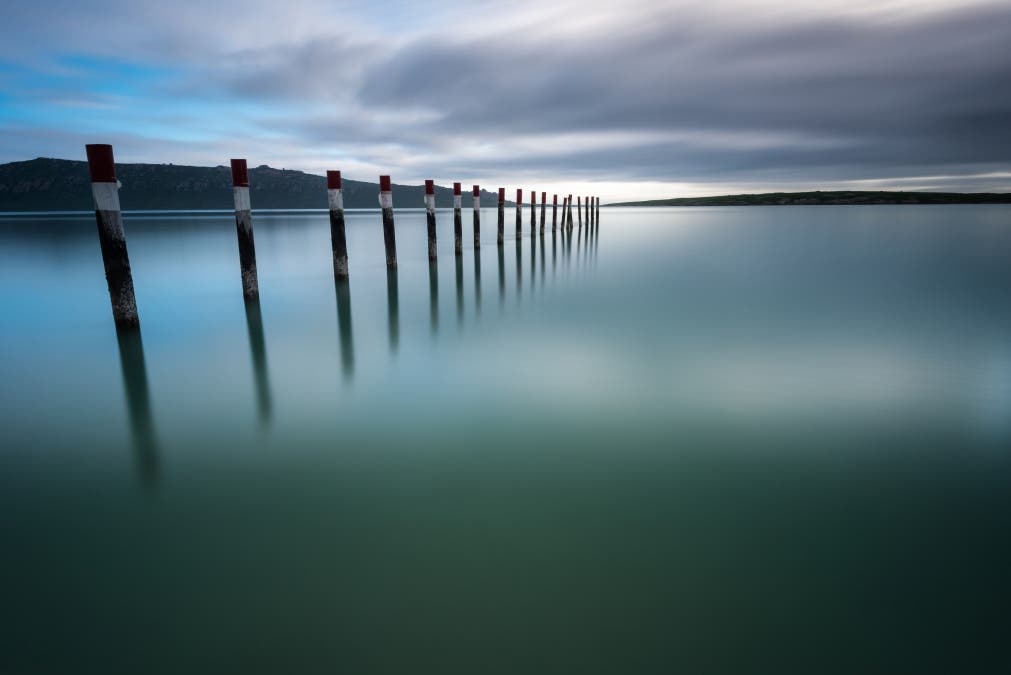
Final remarks
My photography journey has brought both heartwarming and heart-wrenching experiences. Each mishap, from equipment failures to missed moments, has taught me valuable lessons beyond technical skills. They remind me to prepare well, invest in quality gear, stay adaptable in creative pursuits, and above all, maintain a resilient attitude no matter what comes.


